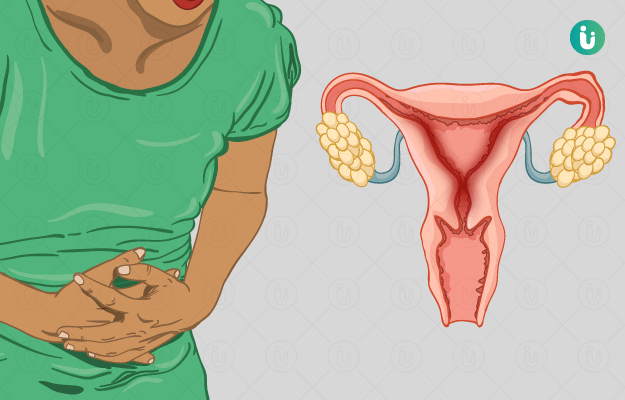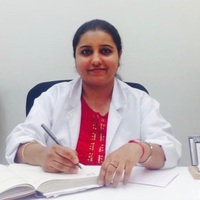What is ovarian hyperstimulation syndrome?
Ovarian hyperstimulation syndrome (OHSS) is a disease condition associated with excessive intake of fertility hormones - in both oral and injectable (mostly) form - to stimulate the growth of eggs in ovaries. It is one of the emerging complications of assisted reproduction technology like in vitro fertilisation (IVF). Excessive introduction of follicle-stimulating hormone in these therapies leads to the formation of a large number of follicles inside the ovary. Moreover, the estrogen level is also reported to be high in the case of OHSS.
As a result, several growth factors and inflammatory mediators are released from the ovary, increasing the blood supply as well as the permeability of blood vessels. Increased permeability of blood vessels, in turn, causes leakage of fluid in body cavities, which manifests in the form of nausea, bloating, swelling of the abdomen.
What are the main signs and symptoms?
In mild to moderate case of OHSS, one might witness the following symptoms:
- Abdominal pain
- Nausea
- Vomiting
- Bloating
- Diarrhoea
- Mild abdominal swelling
- Weight gain
In severe cases, OHSS may manifest in the form of:
- Abdominal swelling
- Low blood volume
- Shortness of breath
- Vulvar oedema
- Pleural effusion
- Cerebral oedema
- Sudden weight gain (>4.5 kg within 3 to 5 days)
- Severe pain and swelling in the lower abdominal area
- Decreased urination
What are the main causes?
OHSS almost always presents as a side effect of infertility treatment. Women who face difficulties in conceiving are generally given hormones such as Human chorionic gonadotropin and Follicle-stimulating hormone to promote ovulation and facilitate fertilisation.
However, excessive medicines may lead to swelling of the ovaries, OHSS and associated symptoms.
You are more at risk of developing OHSS:
- If you're taking injectable fertility hormones (hCG)
- If you have a polycystic ovarian syndrome
- If you have a history of OHSS in the past
- If you get pregnant in the same IVF cycle
- If you are <30 years old
How it is diagnosed and treated?
The diagnosis of OHSS is made on the basis of physical signs and symptoms along with a detailed medical and personal history.
Your doctor will also measure your weight and abdominal area to check the impact of fluid leakage. Furthermore, he/she may suggest a few investigations to confirm the diagnosis. These include:
- Abdominal ultrasound or vaginal ultrasound
- Chest X-ray
- Complete blood test
- Electrolytes panel
- Liver function test
- Test to monitor urine output
After reaching a definitive diagnosis, your health care provider will treat the disease based on its severity.
In mild to moderate OHSS:
- Mild to moderate OHSS resolves on its own within 7 to 10 days if the fertility treatment does not turn into pregnancy. However, if you got pregnant after the treatment, it might last longer - up to a few weeks
- However, supportive care is usually needed. This includes increased fluid intake and reassurance. Your doctor might also provide a few medications to counter abdominal pain, nausea and vomiting
In severe OHSS:
- In severe cases of OHSS, your doctor might advise you to get admitted. Inpatient management includes regular monitoring of body functioning - temperature, blood pressure, heart rate and respiratory rate - after every four hours
- Daily examination of waist girth, weight, fluid accumulation in the abdomen (Ascites) may also be done
- Intravenous fluid is usually done to compensate for the fluid leakage
- Drainage of accumulated fluid from the body cavity may also be advised
- Medicines are prescribed to prevent the chance of blood clot formation. This is because the chances of thrombosis increase with blood volume
- Surgery may be needed in cases where the ovary ruptures due to excessive swelling

 Doctors for Ovarian Hyperstimulation Syndrome (OHSS)
Doctors for Ovarian Hyperstimulation Syndrome (OHSS) 


















